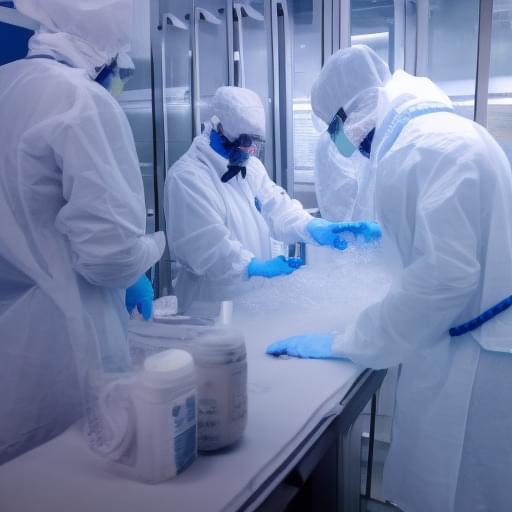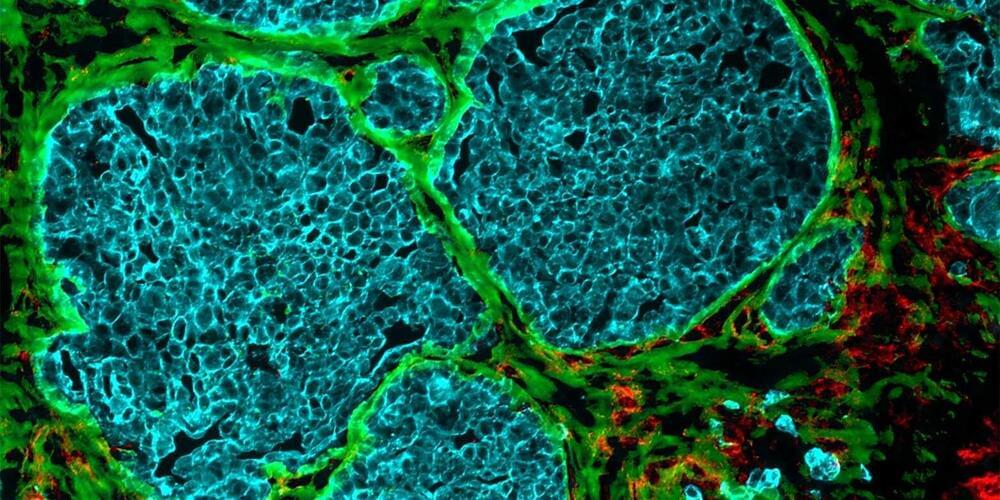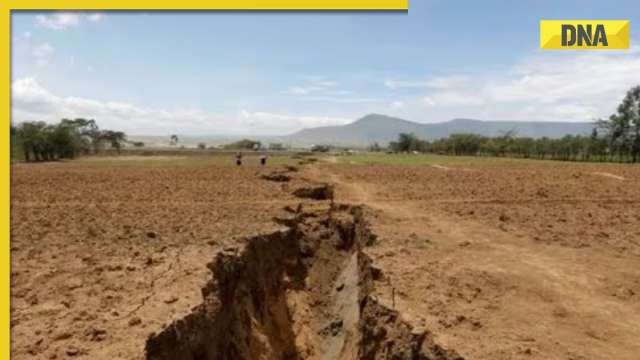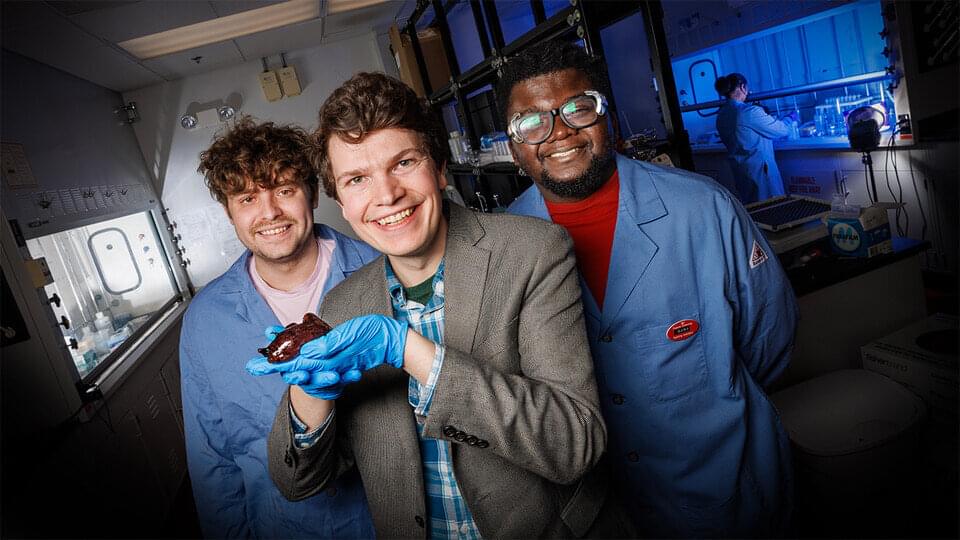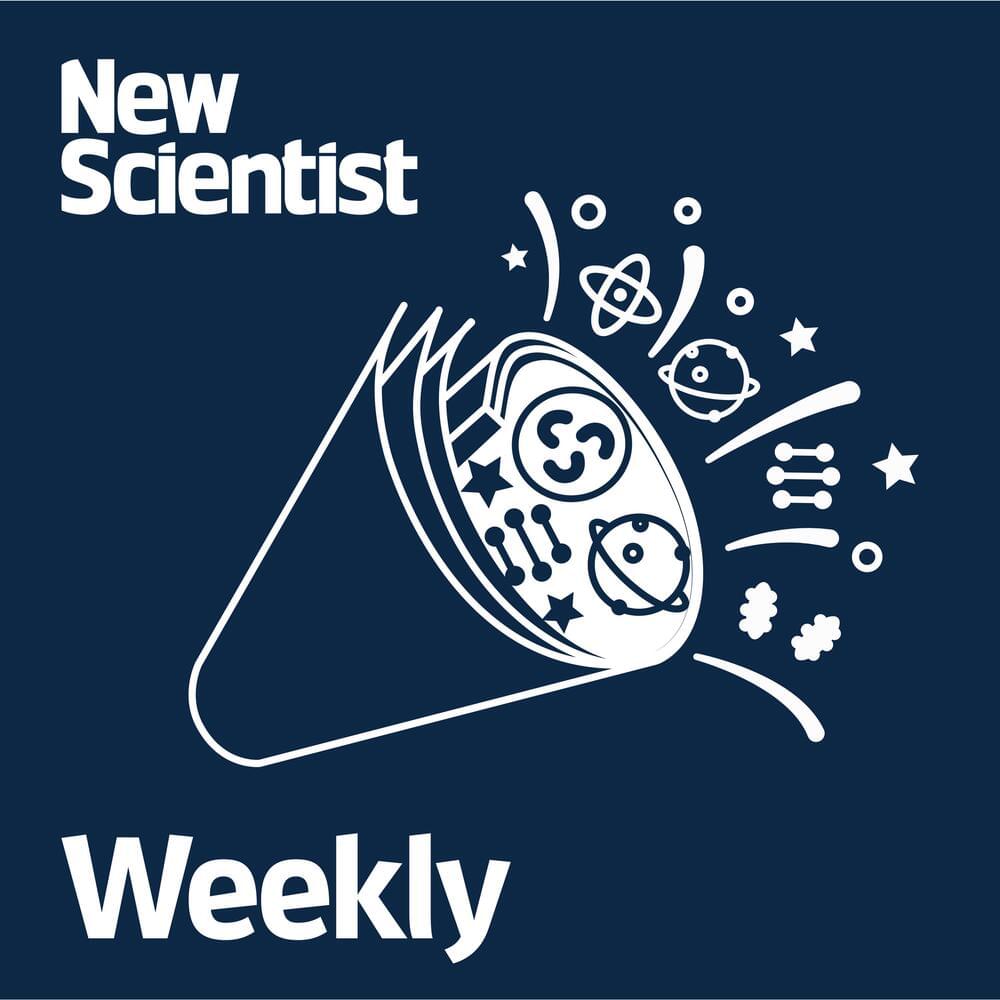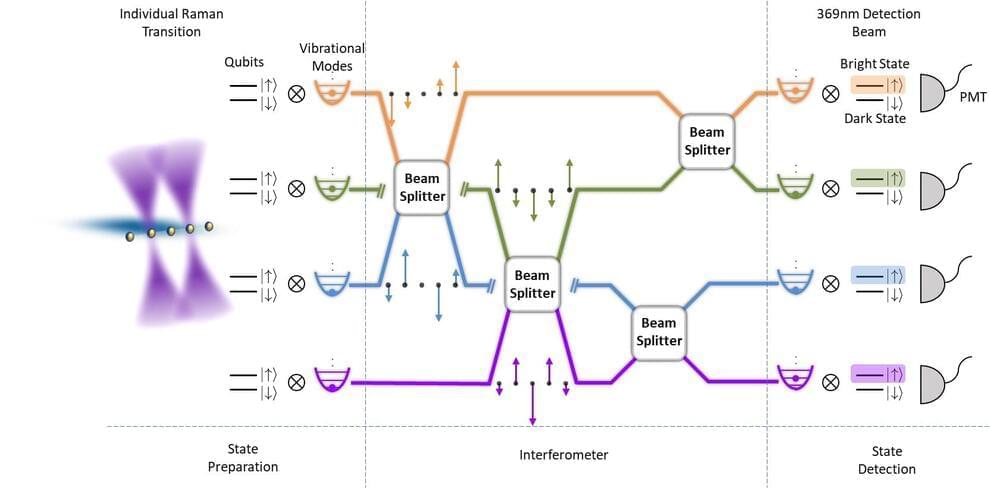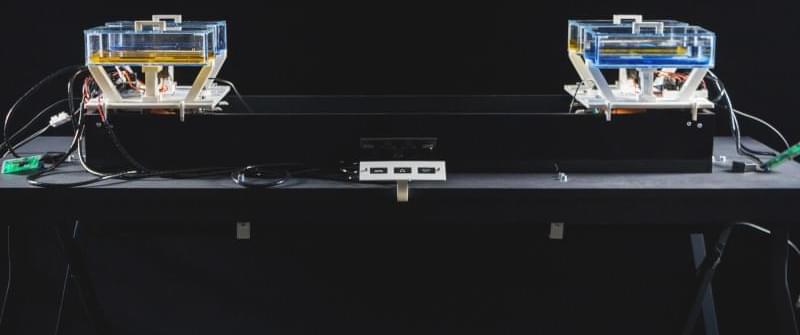Mar 18, 2023
Minnesota power plant leaks 400,000 gallons of radioactive water
Posted by Raphael Ramos in categories: innovation, nuclear energy
A nuclear power plant along the Mississippi River in Monticello, Minnesota, has leaked more than 400,000 gallons of radioactive water due to a broken pipe. NBC’s Maggie Vespa has the details.
» Subscribe to NBC News: http://nbcnews.to/SubscribeToNBC
» Watch more NBC video: http://bit.ly/MoreNBCNews.
Continue reading “Minnesota power plant leaks 400,000 gallons of radioactive water” »

